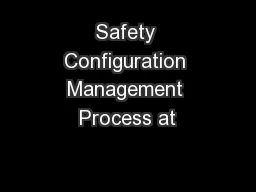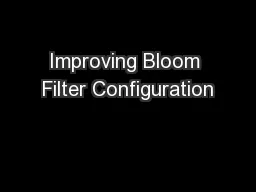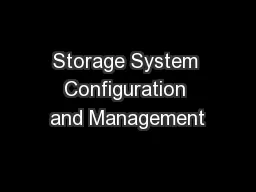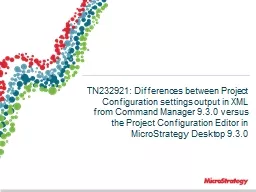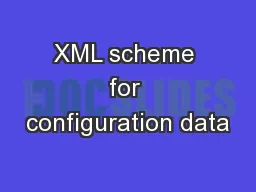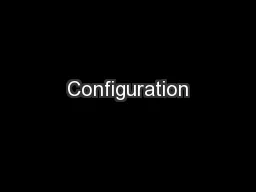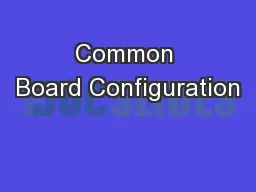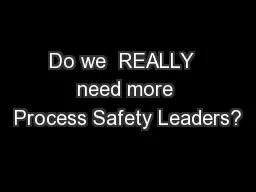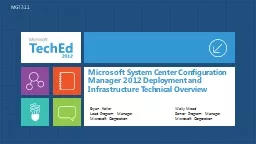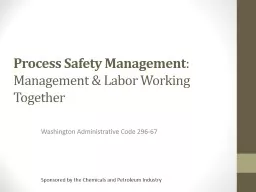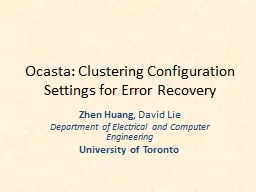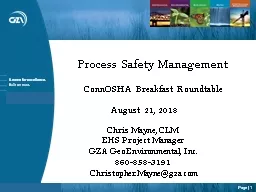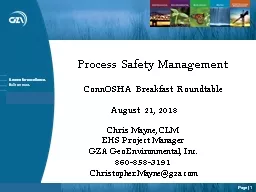PPT-Safety Configuration Management Process at
Author : phoebe-click | Published Date : 2018-11-01
JLab Harry Fanning Accelerator Division Safety Officer Robert May ESHampQ Division August 2017 Contents Whats configuration management at JLab What needs configuration
Presentation Embed Code
Download Presentation
Download Presentation The PPT/PDF document "Safety Configuration Management Process ..." is the property of its rightful owner. Permission is granted to download and print the materials on this website for personal, non-commercial use only, and to display it on your personal computer provided you do not modify the materials and that you retain all copyright notices contained in the materials. By downloading content from our website, you accept the terms of this agreement.
Safety Configuration Management Process at: Transcript
Download Rules Of Document
"Safety Configuration Management Process at"The content belongs to its owner. You may download and print it for personal use, without modification, and keep all copyright notices. By downloading, you agree to these terms.
Related Documents

